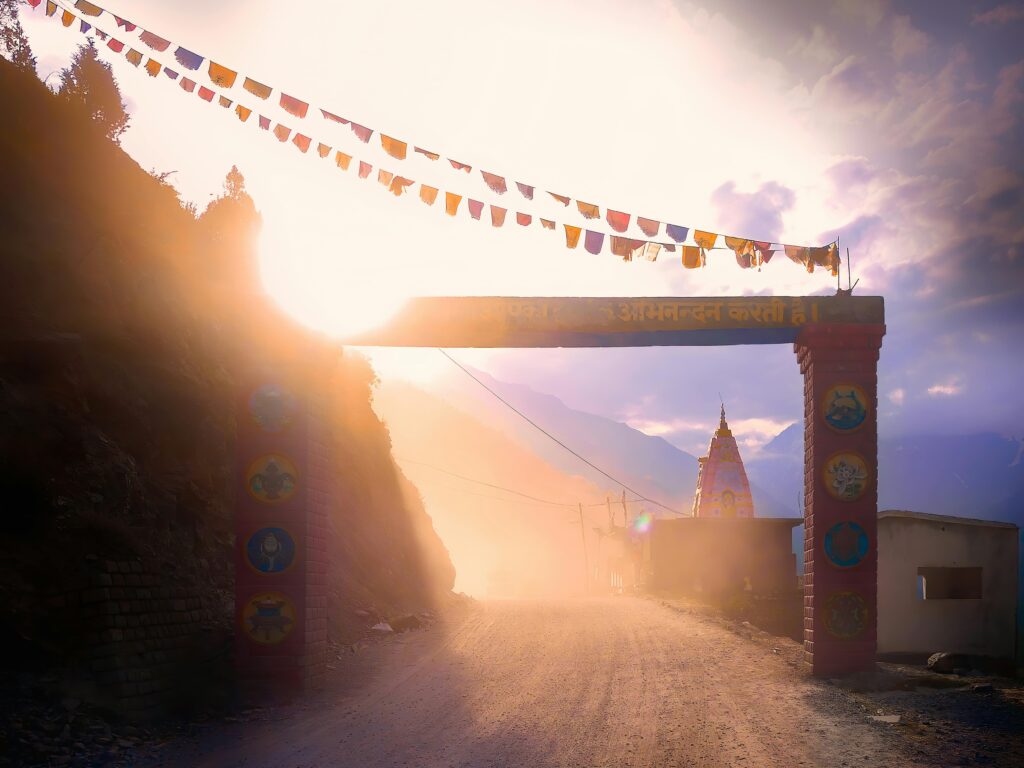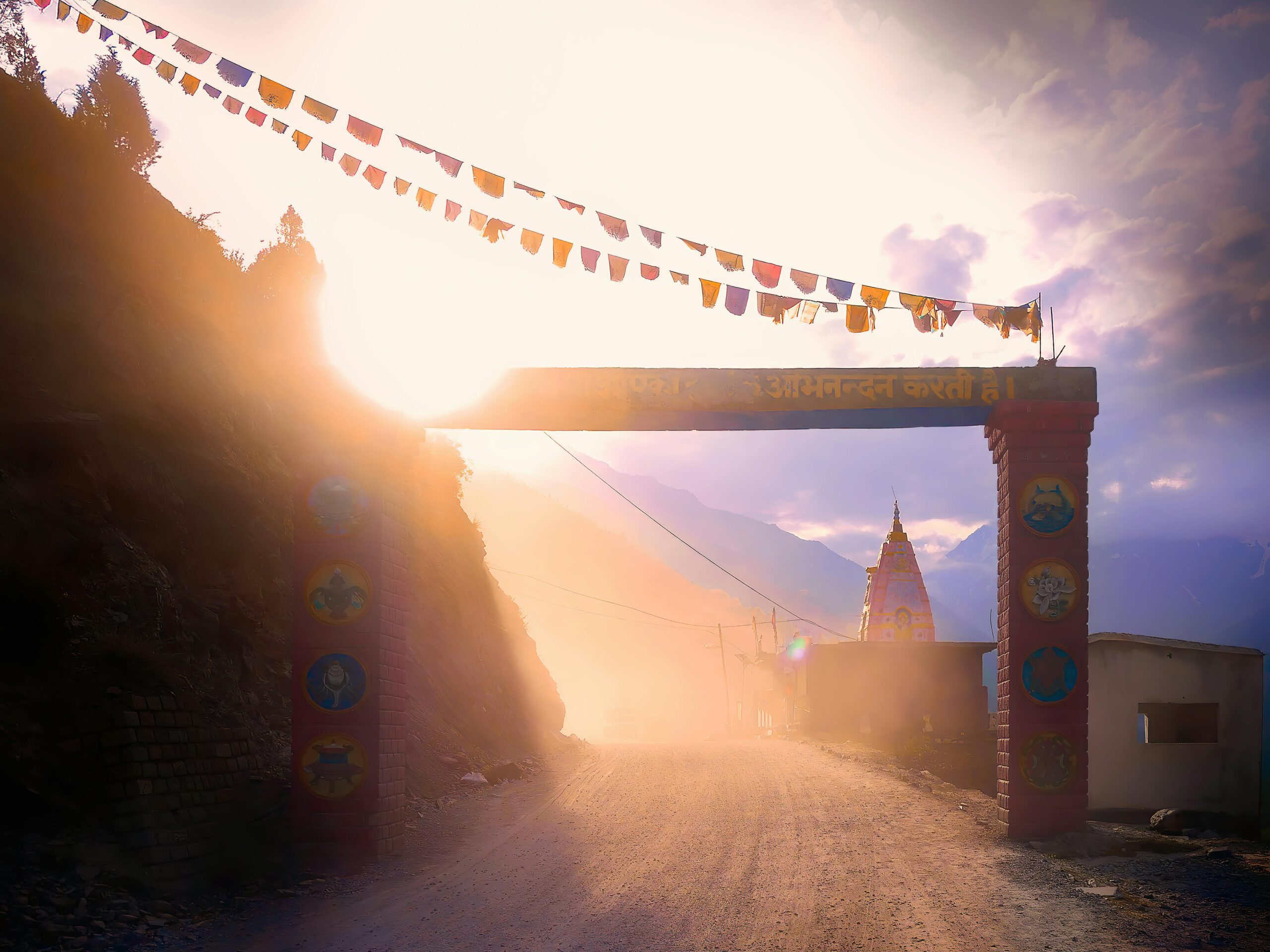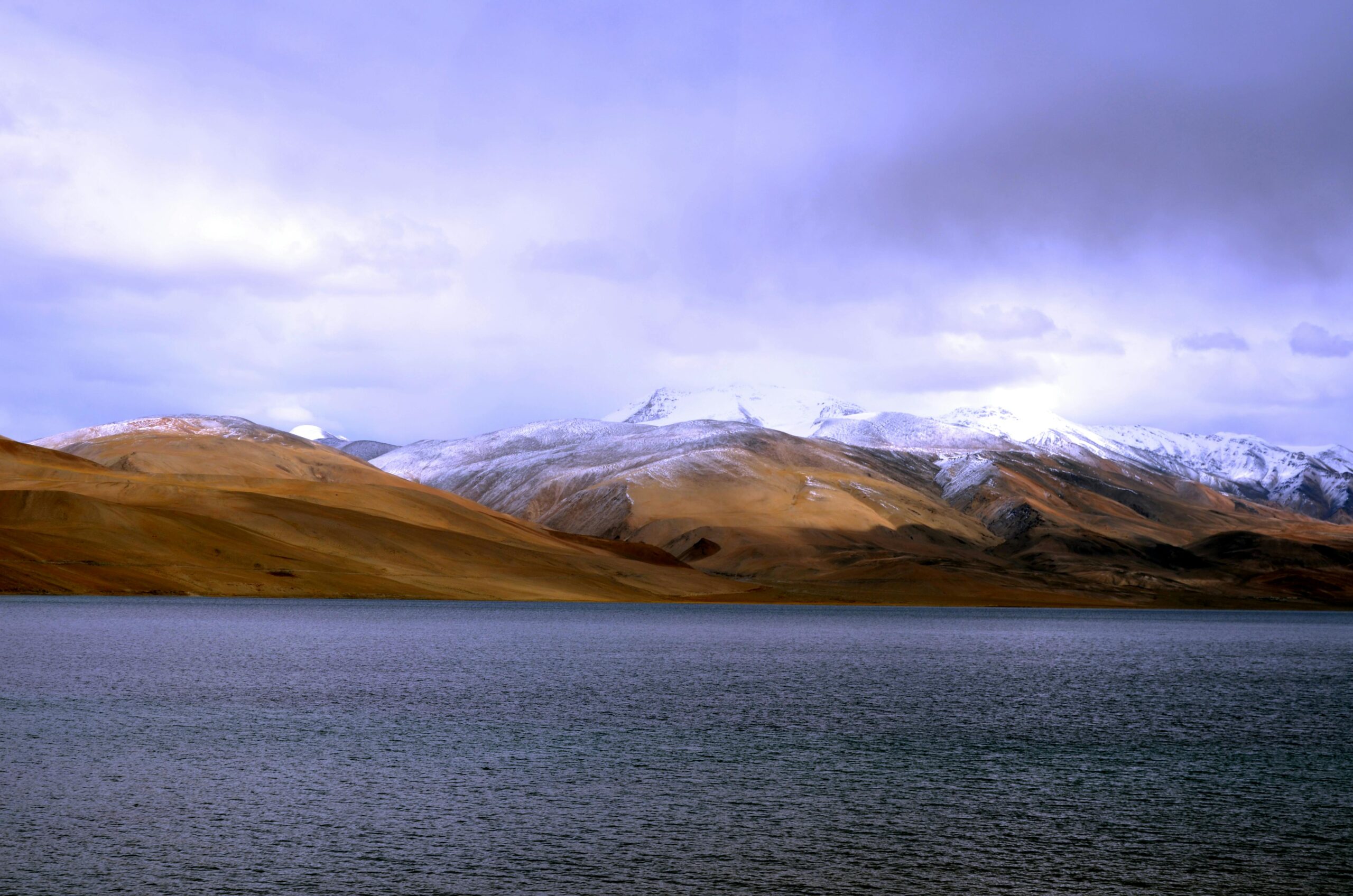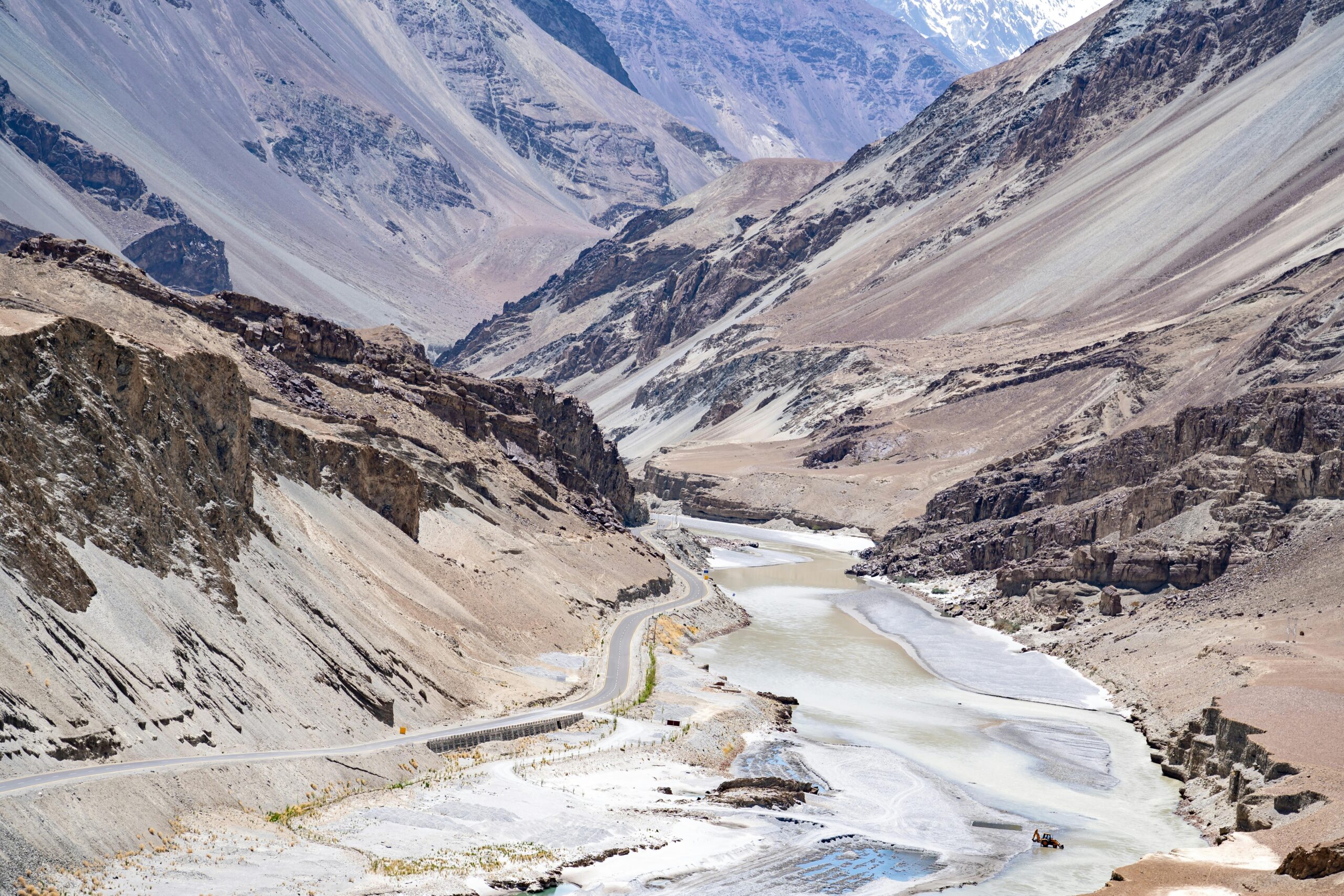
Ladakh is a region in the northernmost part of India, nestled between the Great Himalayas and the Karakoram mountain ranges. It is a land of stark, breathtaking landscapes, high-altitude deserts, and ancient Buddhist monasteries. Here’s a detailed breakdown
Geography:
Ladakh is situated in the state of Jammu and Kashmir in India. It is known for its high-altitude desert terrain, with barren mountains, deep valleys, and vast plateaus. The region experiences extreme cold during winter with temperatures plummeting below freezing, while summers are relatively mild. The Indus River, one of the longest rivers in Asia, flows through Ladakh, providing water to the otherwise arid landscape.
Culture and People:
Ladakh is inhabited by various ethnic groups, including predominantly Tibetan Buddhists and Shia Muslims. The culture of Ladakh is strongly influenced by Tibetan and Central Asian cultures. Traditional music, dance, and festivals are integral parts of Ladakhi culture. The people of Ladakh are known for their warmth, hospitality, and resilience in the face of the harsh environmental conditions.
Religion:
Buddhism is the predominant religion in Ladakh, and the region is dotted with ancient monasteries, stupas, and prayer flags. The monasteries, such as Hemis, Thiksey, and Diskit, are not only religious centers but also repositories of art, history, and culture. They are perched on cliffs, nestled in valleys, or built atop hills, offering stunning views of the surrounding landscapes.
Tourism:
Ladakh is a popular tourist destination, attracting travelers from around the world who come to experience its unique culture and breathtaking scenery. Leh, the capital of Ladakh, serves as the main hub for tourists. Adventure enthusiasts flock to Ladakh for activities like trekking, mountaineering, river rafting, and camping. The region’s high-altitude lakes, including Pangong Tso and Tso Moriri, are major attractions known for their surreal beauty.
Challenges
: Despite its natural beauty and cultural richness, Ladakh faces various challenges. Its remote location and harsh climate make transportation and infrastructure development difficult. The region also grapples with environmental issues such as desertification, water scarcity, and waste management. Additionally, Ladakh’s strategic location near the border with China and Pakistan adds geopolitical complexities.
Recent Developments:
In recent years, Ladakh has seen increased attention from the Indian government in terms of infrastructure development and connectivity. In 2019, the Indian government reorganized the state of Jammu and Kashmir, creating the union territory of Ladakh, separate from Jammu and Kashmir. This move aimed to promote development and governance in the region.
Overall, Ladakh is a unique blend of natural beauty, cultural heritage, and spiritual richness, making it a destination unlike any other in the world.
VENTURE VACATION CONTACT DETAILS



